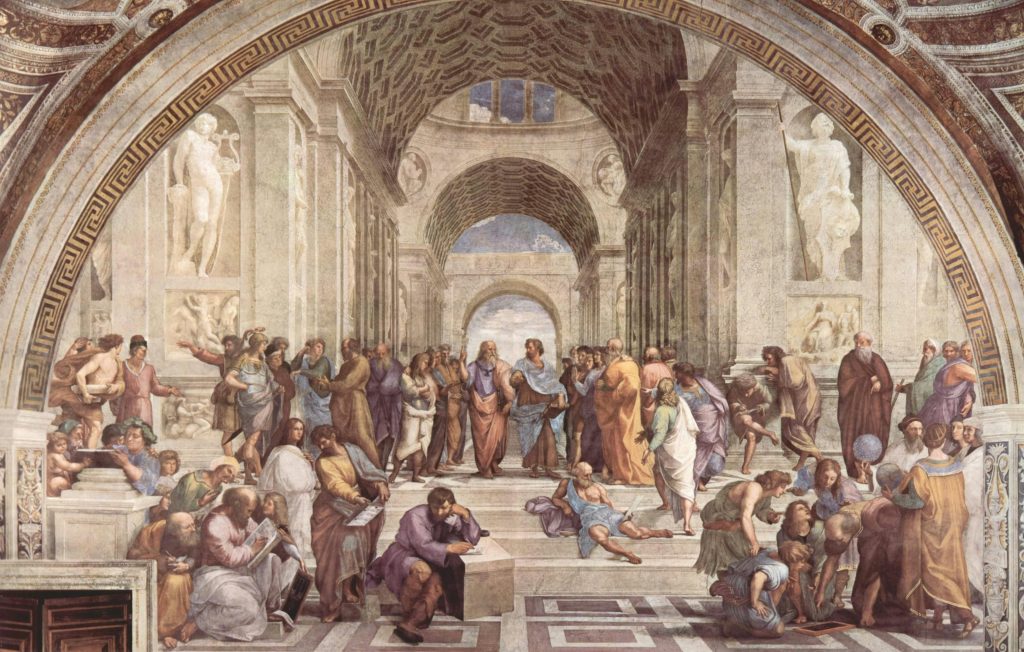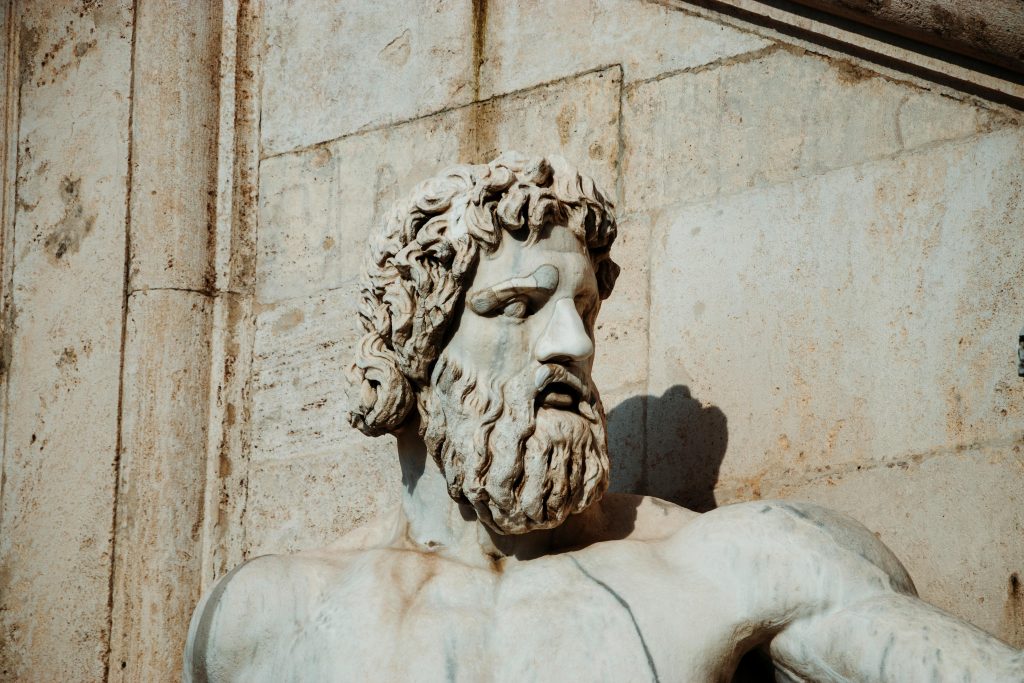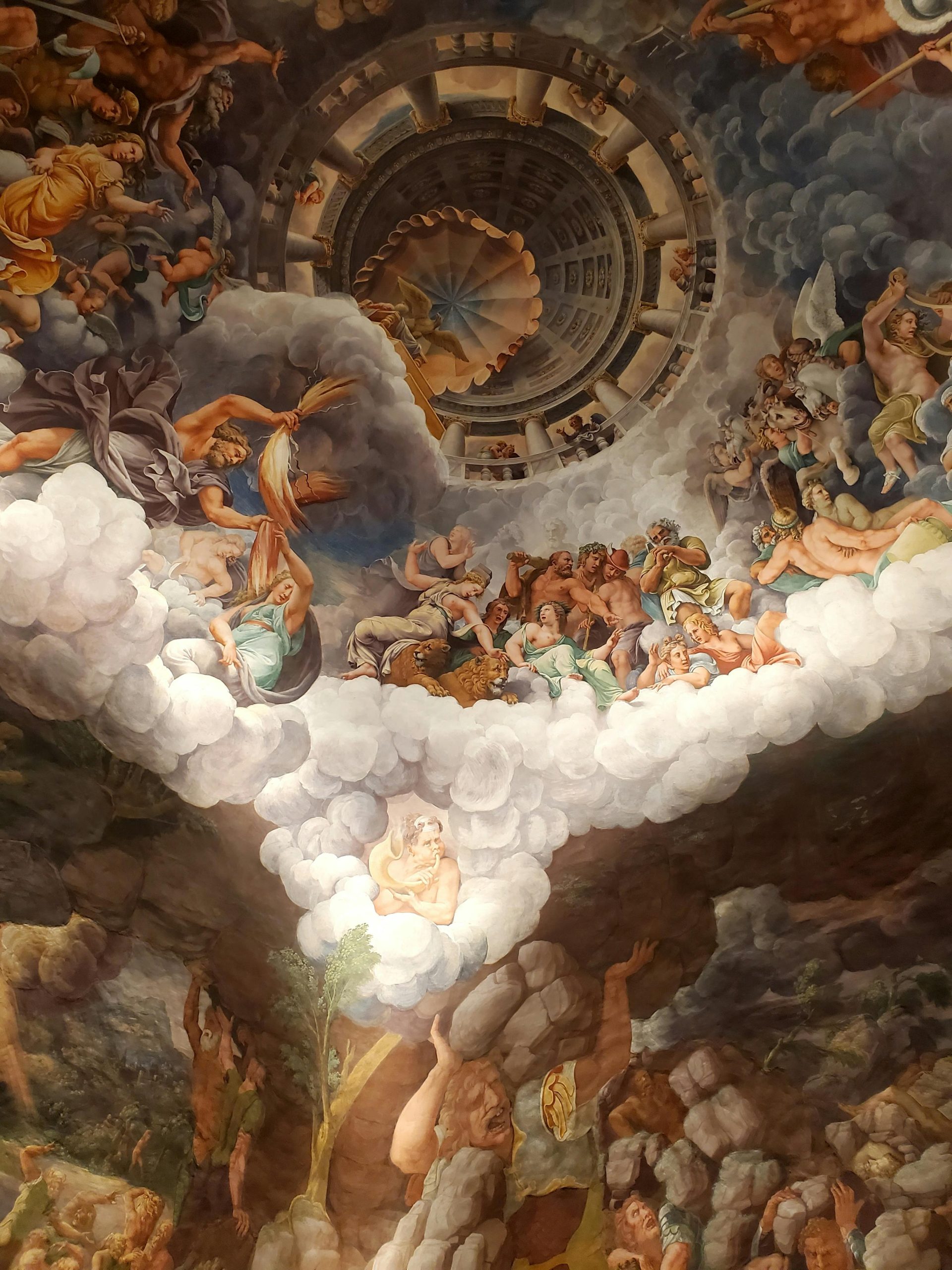Art carries the unparalleled capacity to imbed complex thoughts, emotions, and narratives into the fabric of visual imagery. Ever wondered what secrets lurk beneath the surface of a painting? a secret world of symbolic expressions beckons the discerning eye. Symbols like whispers across time, can hold profound meaning. A lily – purity or rebirth? An ostrich egg – fragility of resilience? These hidden messages, delicately nested into masterpieces by great artists, yearn to be unraveled. Crack the code of artistic deconstructionism and Symbolism. This article equips you with the tools, metrics, and insights needed to decipher cues and signs, and ultimately peel back layers of meaning within artworks. So step on board on a stimulating exploration.
Symbolic Expressions
Symbolic expressions in art extend beyond direct and literal interpretations, serving as a nuanced visual language. Artists in this regard, strategically position symbolic elements such as objects, figures, or colors, to give an additional, profound, and subtle layer of meaning to their works. Whereby, A rose, for example, transcends its mere botanic form and function, to represent abstract notions such as love, passion, and even mortality. Although, these interpretations stay context dependent.
Similarly, a seemingly typical and ordinary object such as a birdcage can symbolize entrapment or restrain. Thus, As observers decipher these symbols they unlock new layers of meaning woven into the artwork, gaining a clearer grasp of the artist’s intent and message. In this regard, Symbolic expression elevates art from a mere surface-level, rigid experience to a rich fabric of hidden narratives and cues, waiting for the deepest interpretation that the observer can offer.

Symbolism Across Cultural Context
Symbolic representation in art can dramatically differ in meaning; cultural background, historical context, and individual perspectives can radically influence its interpretation. Cultural norms and traditions, the era in which the artwork was conceived, along with the subjective experiences of both artist and observer, can all assign multiple meanings to a single symbol. For Instance, while people in many western cultures may interpret a white dove as a symbol of peace, others in different cultural context can perceive it as a spiritual messenger, or a symbol of purity.
Similarly, people today often associate an Owl with notions such as wisdom, transformation, and change, contrasting with ancient Greek interpretations, where it symbolized darkness and death.
Tools and Techniques for Deciphering Art
Historical Context Analysis: Learning about the artwork’s historical context can offer valuable insights into its themes and symbols. Historical events ( political upheaval), cultural norms, and the dominant artistic movement of the time can all drastically influence an artist’s work.
Cultural Symbolism Research: Since Symbols can differ, and carry different meanings across cultures, Thus, researching the cultural background of an artist and their work can unpack deeper layers of meanings.
Artist’s Biography: Take a plunge into the artist life story, personal believes, and experiences can offer insightful clues and to interpret their art. Many artists tend to fuse their works with symbols and narratives that reflect their personal life.
Artistic Movement Study: delving into the artistic movement or style that the art work belong to can provide context for its symbolic language. Each art movement has its own themes, conventions, and techniques that greatly steer the artwork to one orientation or another.
Visual Analysis: Paying Close observation to the composition, colors, textures and shapes used in the artwork can expose its symbolic elements, these visual cues, often leveraged by artists to guide the viewer’s interpretation.
Community Discussions: Discussions with other art enthusiasts, critics, and scholars can significantly broadens ones analytical and interpretive frame of observation.

Case Studies in Symbolism: Hidden Meaning
Study 1: “Las Meninas” by Diego Velàzquez ( 1656)
- The Mirror: A large mirror reflects the King and Queen, who are physically absent from the scene but symbolically present. This placement suggests the importance of the royal family and the artist’s role in capturing their image for posterity.
- The Open Doorway: The doorway in the background symbolizes a world beyond the canvas, perhaps representing the public sphere observing the royal family.
- The Playful Interaction: The fact that the artist is portraying him self within the frame, standing at his easel, as an attempt to blur the line between between the subject and artist suggesting a commentary on the nature of art and illusion.
Study 2: “The Persistence of Memory” by Salvador Dali (1931)
- Meting Clocks: The distorted clocks represent the malleability and fluidity of time in dreams and the subconscious realm at large.
- The Landscape: The barren, rocky landscape reinforces the sense of unease and the disruption of normalcy caused by the distorted element of time.
- Ants Crawling: The ants crawling across the clocks symbolizes decay and the relentless train of time running forwards even when seemingly frozen.
In a nutshell, deciphering symbolic expressions in art transcends mere passive observation; its a delicate process of assemble. delving into historical context, cultural nuances, and the artist’s background, unlocking deeper layers of hidden meanings, transforming a visual experience into an immersive and profound encounter. Let this exploration of symbolism in art inspire you to look beyond the obvious, to find the stories and secrets that lie waiting beneath the surface.







